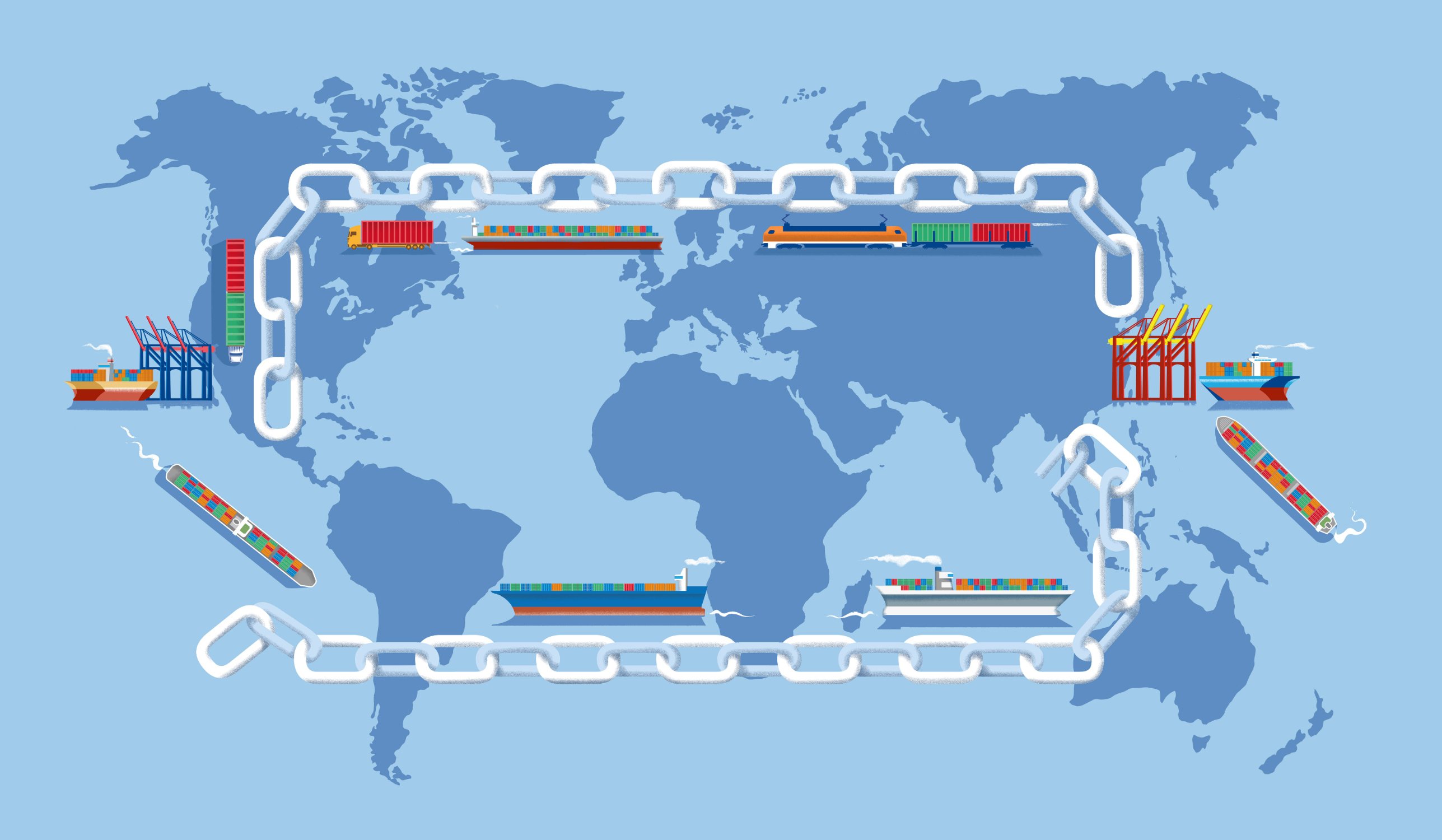The resistance welding industry has evolved significantly over the last five years. Factors such as a widened application scope, advancements in technology, and improvements in skill acquisition have all impacted the sector. But all these almost came crumbling down last year at the peak of the COVID-19 pandemic.
Beyond the apparent limitations of managing human resources during the pandemic, the resistance welding industry has also had to deal with the effects of Covid-19 on supply chains. The modern supply chain can only thrive on outsourcing equipment and capitalizing on thin margins. This means that a slight change in the mode of operations can easily affect profits. Industries that depend on razor-thin profit margins rely on high sales volume. And COVID-19 hasn't created the right environment for welders to attain such sales volumes.
So, how can players in the resistance welding sector address the challenges of supply chain management post Covid? This is an important question, which is not only relevant to the current pandemic but also to any future black-swan event.
The Only Way For Welders To Grow, Is To Change
The positive growth of the welding market will trickle down to every sector, including the resistance welding market. Nonetheless, it will also depend on how players in the industry deal with critical areas of operations, including the supply chain.
The economy is slowly opening back up. But how do you ensure that there's a constant supply of weld metal and consumables such as electrodes? The bottlenecks that existed before Covid-19, including logistical and operational challenges, are still here. And with such uncertainties, a paradigm shift in managing your affairs is the only way to move past the current pandemic. Most companies fear change. However, the present pandemic change has become the only option for survival.
Supply chains depend on the constant movement of people and equipment. But during the Covid-19 pandemic, the end-to-end flow of information, products, and money has suffered a significant blow. Changing the current strategies in the approach to supply chain within the resistance welding sector is the only way to help businesses survive beyond the current pandemic.
Supply Chain Challenges For Resistance Welding
To overcome the issues caused by the pandemic, the welding industry needs to find ways of eliminating - or at least minimizing - the existing challenges.
Resistance Welding Material Shortages
The welding industry, in general, is currently dealing with a global shortage of critical materials. The flow of copper alloys, low carbon steel, carbon, and sheet metal is essential to the resistance welding sector. But in the last two years, the industry has had to grapple with the realities of an unprecedented shortage. The post-Covid-19 period may witness a slow return in the steady flow of these vital components. Even then, businesses need to run. As the demand returns to the original curve, it may become necessary for each welding company to find ways of bridging the gap.
Cash Flow Constraints
Most enterprises have had to adjust their budgets during the pandemic. Cash flow is among the main factors that have become a constituent concern for supply chains during this period. However, it's essential to think about the impact of costs from a short and long-term perspective. Most businesses are now faced with either keeping up with the high cost of sustaining a stable supply chain or cutting costs altogether. Beyond the Covid-19 pandemic, the need to balance costs will undoubtedly be top of the agenda in the industry.
Ownership Of Welding Equipment
The number of businesses that have had to close down their physical locations during the current Covid-19 pandemic reveals an existing weakness in the welding industry. It has become apparent that most of these enterprises cannot sustain operations following extended financial pressure. In this light, enterprises may need to rethink the idea of renting as opposed to owning welding equipment during unprecedented interruptions in the industry. Enterprises that own welding equipment have had to sell off expensive machines at throwaway price rates during the pandemic. In some cases, some of these businesses had to store the equipment idly during the extended lockdown period. The losses incurred in both scenarios are immense. Beyond the current pandemic, companies that utilize innovative techniques such as butt-welding may need to rethink the option of renting as opposed to owning such machinery.
Solutions For Overcoming Supply Chain Problems
COVID-19 has revealed the soft underbelly of the welding industry. The issues that threaten the sector require robust solutions that include the following:
A Greater Focus On Visibility
Most of the current challenges in the supply chain are due to a lack of visibility. Every welder or fabricator in the resistance welding sector should focus on visibility. It's essential to know your supplier's suppliers. Have a better idea of where your supplier gets specific components as an alternative option. The approach will help businesses in the future to find ways of accessing such materials from the source in case of a breakdown in the supply chain. Understand the essential products in your operations, then establish which products can be substituted if your current supply chain breaks down. Such visibility will give you a head start in the post-Covid-19 period.
Outsourcing And Renting Equipment
Outsourcing is the new magic word in the welding sector. Sourcing welding equipment during the current pandemic and beyond will solve the current equipment financing bottleneck. It's now more viable than ever to outsource equipment and maximize profits. The approach will save you from the hidden costs of owning the machines. Further, you'll also have the advantage of renting the newest and most up-to-date equipment in the industry. Businesses that desire to thrive beyond the Covid-19 pandemic need to consider the value addition and cost stabilization effect they can derive from outsourcing equipment.
Implementing New Technology
Going digital is the new normal in the resistance welding sector. Beyond the current Covid-19 pandemic, businesses must move past less-than-optimal approaches to welding. Modern techniques such as the optimization of resistance spot welding can help accelerate the post-covid-19 recovery process. Technology will also become a critical enabler of research as welders seek more innovative ways to deal with the bottlenecks caused by the pandemic.
Rebuilding The Supply Chain
Covid-19 isn't entirely behind us, and the current impact of the pandemic on supply chains in the resistance welding sector is immense. But there's light at the end of the tunnel with emerging projections of a positive outlook in the resistance welding industry. Over the next five years, the ability to grow depends on the agility in overcoming current challenges in the sector. Resistance welding needs a recovery plan from current concerns, including financial strains, material shortages, and inadequate human resources. Solutions include a greater focus on visibility, innovation, and cost-cutting through renting equipment as the best solutions to the current supply chain management dilemma in the post-covid-19 era. The paradigm shift will help welders return to profitability.
We release helpful content for the welding industry every week. Stay up to date by following us on LinkedIn, Facebook, and Twitter, as well as coming back to visit our website.



